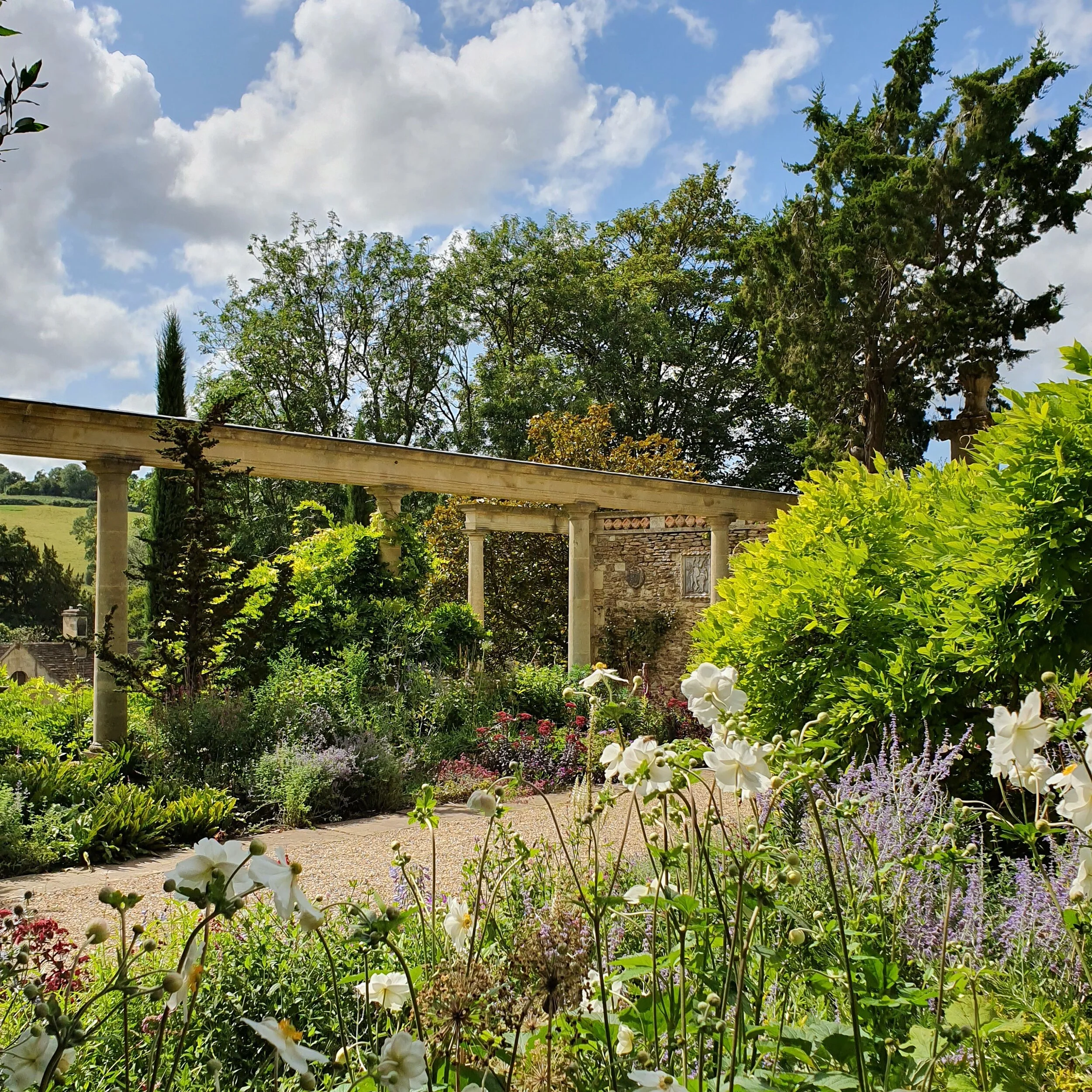About the gardens
The history and evolution of these beautiful gardens.
Please scroll down for information….
Iford Manor Gardens
OPENING TIMES: Easter Saturday 30 March - 29 September
Wednesday - Sunday & Bank Holidays
11am - 4pm (last entry 3pm)
Kindly note that children under 10 are not permitted in the garden (except babies <1 yr old in slings).
Well behaved dogs on leads are most welcome.
Our peaceful, Grade 1 registered garden is unlike any other with its romantic design and architecture, combining formality with nature and magnificent rural views across an unspoilt valley, whilst beautifully framed architectural gems and antiquities punctuate your visit throughout. Set on the last hill of the Cotswolds, within the Area of Outstanding Natural Beauty, we hope that all who visit leave here feeling relaxed and inspired.
From its origins in the wool industry, through Georgian gentrification, then Harold Peto’s Edwardian structures, and right up to the present period, the passion of Iford’s inhabitants and its history are inextricably bound up in the beautiful garden’s unique design.
Today, Iford’s story continues to be written in this secluded corner of ‘Olde England’ with a new generation of owners, William and Marianne Cartwright-Hignett, who are taking the garden forward with Head Gardener Steve Lannin and our wonderful gardening team. The gardens will be expanded yet further over the coming years, whilst refreshing the planting and preserving the heritage within the main garden itself. There will therefore be something new to discover on every visit.
The structural design seen today was largely created by Harold Peto, who lived at Iford from 1899-1933. A man of exquisite taste, with a talent for placing objects sympathetically to their surroundings, he designed gardens for royalty and aristocracy around the world. Trained as an architect, working in partnership with Sir Ernest George, Harold Peto ‘discovered’ a real passion for plants when undertaking work at Gravetye Manor, then home to ‘the father of gardening’ William Robinson.
Learning much about gardening directly from Robinson, Peto subsequently travelled the world, including Japan, Canada, America, Egypt and across Europe, learning about garden design and bringing back plants from all over the world. His skill for garden design, planting and architecture meant that he was in demand, especially on the Cap Ferrat in France where many of the world’s most expensive houses are today. Peto was the architect for several of those villas and gardens, to the extent that the Cap Ferrat was nicknamed ‘Peto Point’ in Edwardian times. Working for royalty, aristocracy and tycoons, his main patrons were the then Countess of Warwick and Isabella Stewart-Gardner.
Influenced mainly by his love of Roman, Italian and Japanese design, he was a promoter of the renaissance period and had a strong influence on the Arts and Crafts period. Striking the balance between formal and informal gardening, between soft planting and hard structure, Harold Peto’s work was appreciated in writings by Gertrude Jeykll and William Robinson.
During the past 55 years, today’s owners, the Cartwright-Hignett family, have lovingly restored the garden (once thought 'lost' after WW2) and continued to develop it, saving the buildings therein, finishing the Oriental Garden area designed by John Hignett and redesigning areas of the garden as they age, 100 years after Peto’s original plantings.

